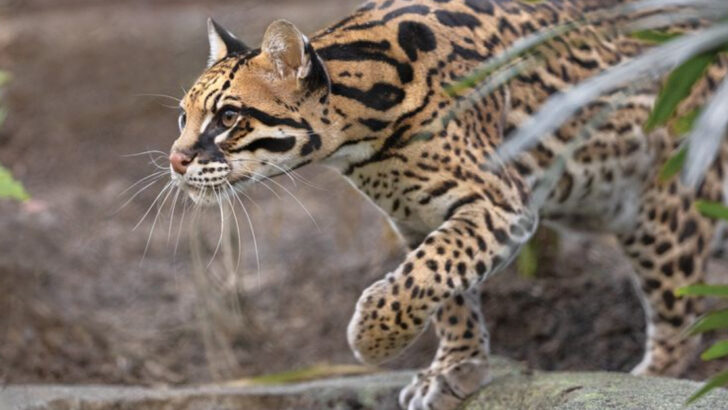America’s wilderness is coming alive again. After decades of absence, some of the most majestic and fearsome creatures are returning to claim their rightful places at the top of the food chain. Wolves, jaguars, and panthers are making their grand comeback, and it’s nothing short of breathtaking.
These apex predators are not just surviving—they’re thriving. From the shadowy forests to the wide-open deserts, they’re re-establishing themselves in ecosystems where their absence was once felt deeply. Their return is more than a survival story; it’s nature’s way of restoring balance and power to the land.
In this post, we’ll uncover 10 thrilling tales of these top predators as they reclaim their territories, bringing with them an air of mystery and awe. Get ready to witness a revival that will leave you in awe of the wild power of nature’s most incredible hunters.
Gray Wolves
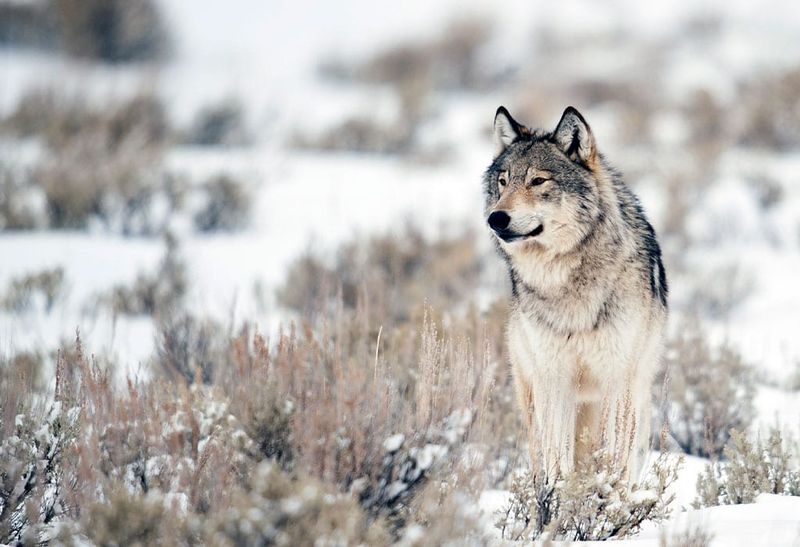
With a haunting howl that echoes through the night, gray wolves are nature’s symphony. These resilient creatures have made a remarkable comeback in America’s wilderness, symbolizing strength and unity.
Imagine seeing a pack glide silently through the snow, each step a testament to their enduring spirit. Once near extinction, conservation efforts have brought wolves back to regions like Yellowstone.
The sight of them hunting or playing is a reminder of nature’s raw beauty. Their presence isn’t just symbolic; wolves play a crucial role in maintaining ecological balance, controlling prey populations, and keeping ecosystems healthy.
American Jaguars
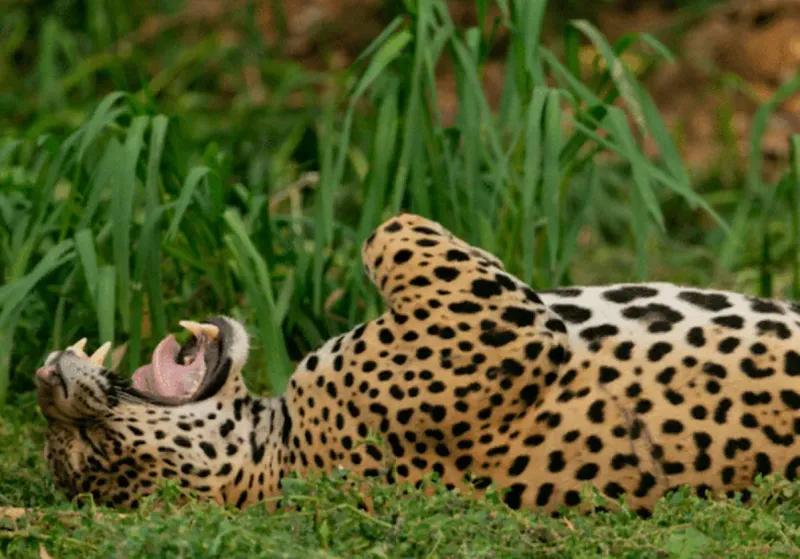
In the shadows of the rainforest, the jaguar moves with silent grace. Known for its powerful build and striking rosette-patterned coat, this elusive big cat is a marvel to behold. Jaguars are stealthy predators, often seen near rivers where they fish or swim effortlessly.
Historically, jaguars roamed widely, but habitat loss reduced their numbers. Conservation successes in the American Southwest now herald their gradual return.
Witnessing a jaguar is an experience akin to spotting a ghost—rare and electrifying. Their resurgence reignites hope for the preservation of America’s natural heritage and biodiversity.
Ocelot

With a coat that mimics the sun-dappled forest floor, the Ocelot is a true marvel of nature’s design. These nocturnal hunters navigate the dense rainforests of South Texas, embodying mystery and grace.
Their return is a beacon of biodiversity, enriching the lush landscapes they roam. Ocelots are not just hunters; they are also vital to their habitats.
By preying on smaller mammals and birds, they help maintain a balanced ecosystem. Their elusive presence adds an element of wonder and intrigue to the night.
Red Wolves
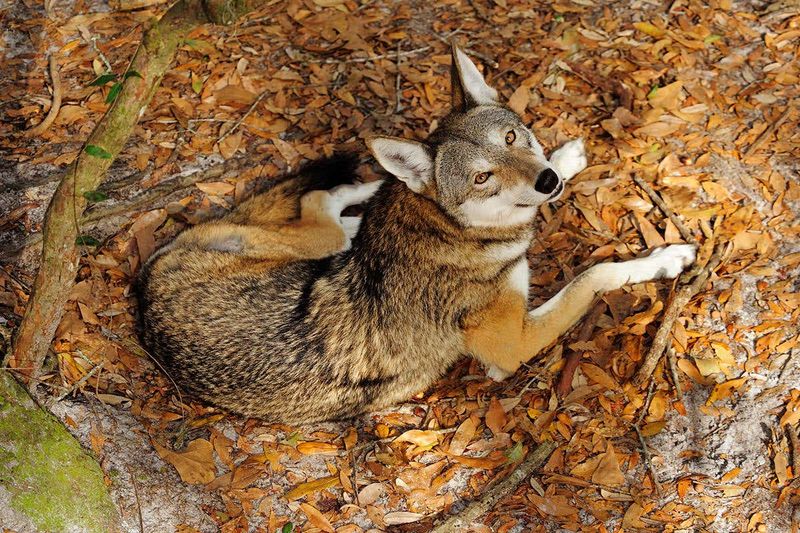
In the mist-laden woods, red wolves emerge like phantoms, their reddish coats striking against the greenery. These wolves were nearly lost to history, pushed to the brink of extinction in the wild.
Today, they are a living testament to conservation triumphs. Red wolves are smaller than their gray cousins, yet they share the same pack instincts and social bonds.
The reintroduction efforts in North Carolina have been pivotal in their resurgence. Encountering red wolves is a rare privilege, a reminder of nature’s resilience and the tireless efforts needed to protect these ethereal creatures.
Mountain Lions
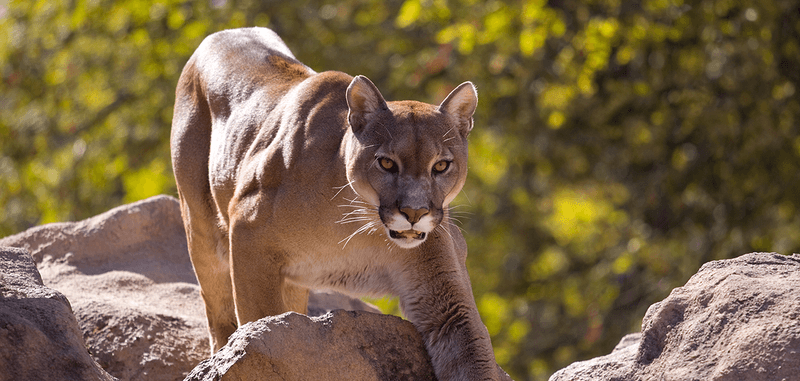
Perched on rocky outcrops, mountain lions, or cougars, exude an aura of mystique. With amber eyes and sleek bodies, they are silent stalkers of the American wilderness. Their presence in the rugged terrains is both breathtaking and essential for ecological health.
Mountain lions have a vast range, from the Canadian Yukon to the southern Andes. In the U.S., conservation measures are helping maintain stable populations.
Observing a mountain lion in its domain, agile and commanding, is an awe-inspiring experience. These elusive cats ensure the balance of prey species, highlighting their ecological importance.
American Black Bears
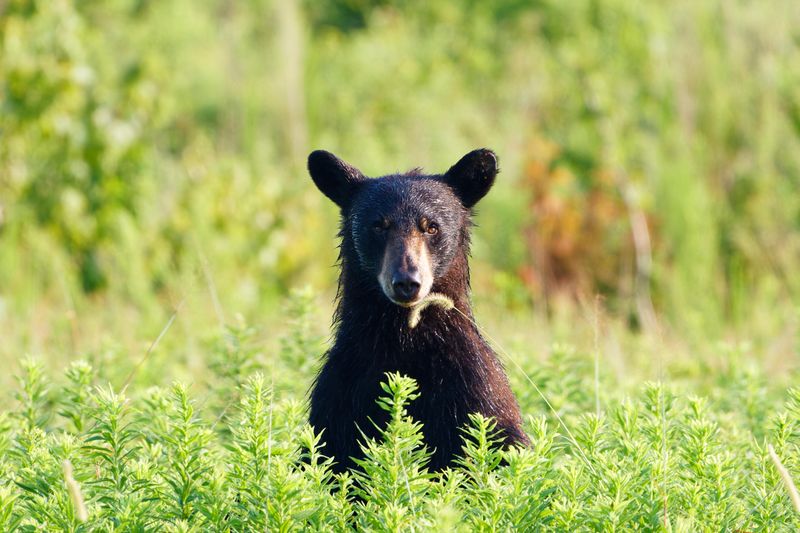
Deep in the heart of America’s forests, black bears forage with a gentle curiosity. Known for their glossy coats and intelligent eyes, they embody the spirit of the wild.
These bears are versatile, adapting to diverse environments from dense woods to suburban edges. Black bears serve as vital indicators of ecosystem health. Their resurgence in various states signifies successful conservation and habitat protection efforts.
Watching a black bear in its element, sniffing the air and observing with keen interest, offers a glimpse into the harmonious coexistence of nature’s creatures and their habitats.
Coyotes

As dusk settles over the desert, the coyote’s howl pierces the tranquility, a call of the wild. Resourceful and adaptable, coyotes thrive in diverse environments, from arid deserts to bustling cities.
Their presence is a testament to their survival skills and ecological importance. Coyotes are known for their cunning nature and striking appearance. They play a crucial role in controlling small mammal populations.
Observing a coyote in its natural habitat, alert and graceful, is a reminder of the interconnectedness of ecosystems. Their adaptability ensures their continued survival across America’s landscapes.
Bobcats

Stealthy and elusive, bobcats navigate the snow-draped woods with unmatched agility. Their tufted ears and spotted coats make them masters of disguise, blending seamlessly with their surroundings.
Bobcats are solitary hunters, known for their patience and precision. These wild cats are widely distributed across America, from forests to swamps. Their adaptability allows them to thrive in varied climates and terrains.
Spotting a bobcat in the wild, quietly stalking its prey, is a rare and thrilling experience. These creatures are vital to maintaining the balance of ecosystems, highlighting nature’s intricate web.
Grizzly Bears

In the roaring rivers of the American West, grizzly bears fish with powerful grace. These formidable giants are symbols of wilderness strength, with their massive builds and distinctive humps.
Observing a grizzly in the wild is witnessing raw power and primal beauty. Grizzlies are primarily found in Alaska and parts of the northwestern U.S. Conservation efforts focus on preserving their habitats and ensuring safe human-bear interactions.
Watching a grizzly in its natural element, catching salmon with expert skill, is an awe-inspiring spectacle. These bears play a crucial role in nutrient cycling, enriching their ecosystems.
Kit Fox

With ears large enough to hear a pin drop, the Kit Fox is a master of desert survival. These tiny, agile predators have made a triumphant comeback in the Southwest, adapting to the harsh, arid landscapes with ease.
Kit Foxes are nocturnal hunters, preying on insects, rodents, and even cacti. Their playful antics and curious nature make them endearing yet effective predators. As they thrive, they contribute to the health of their desert ecosystem.

